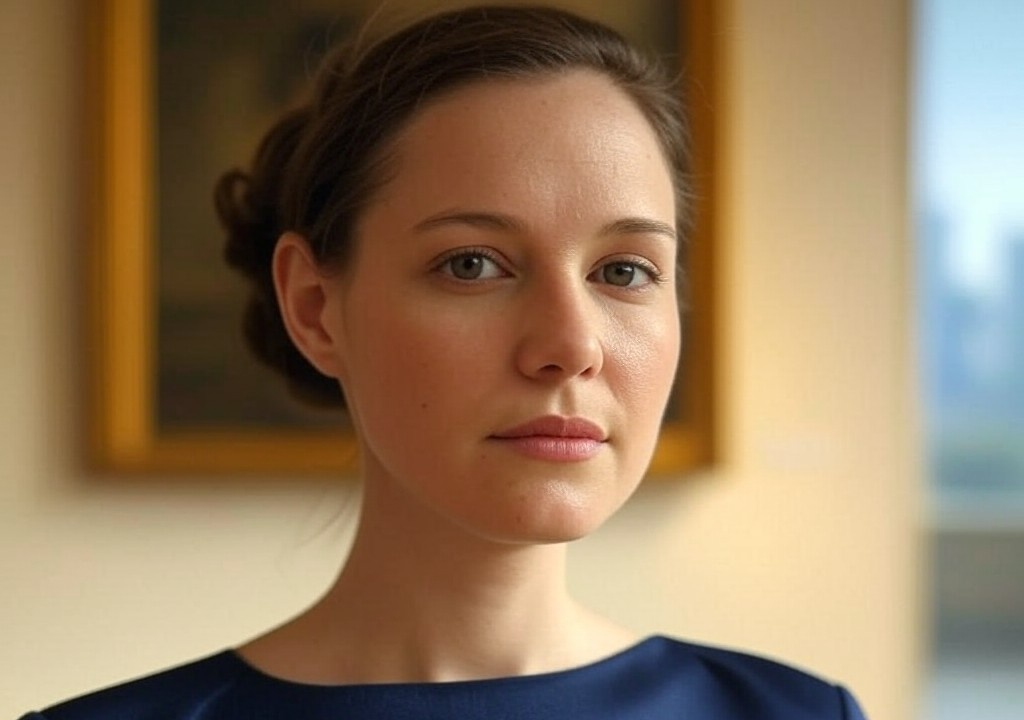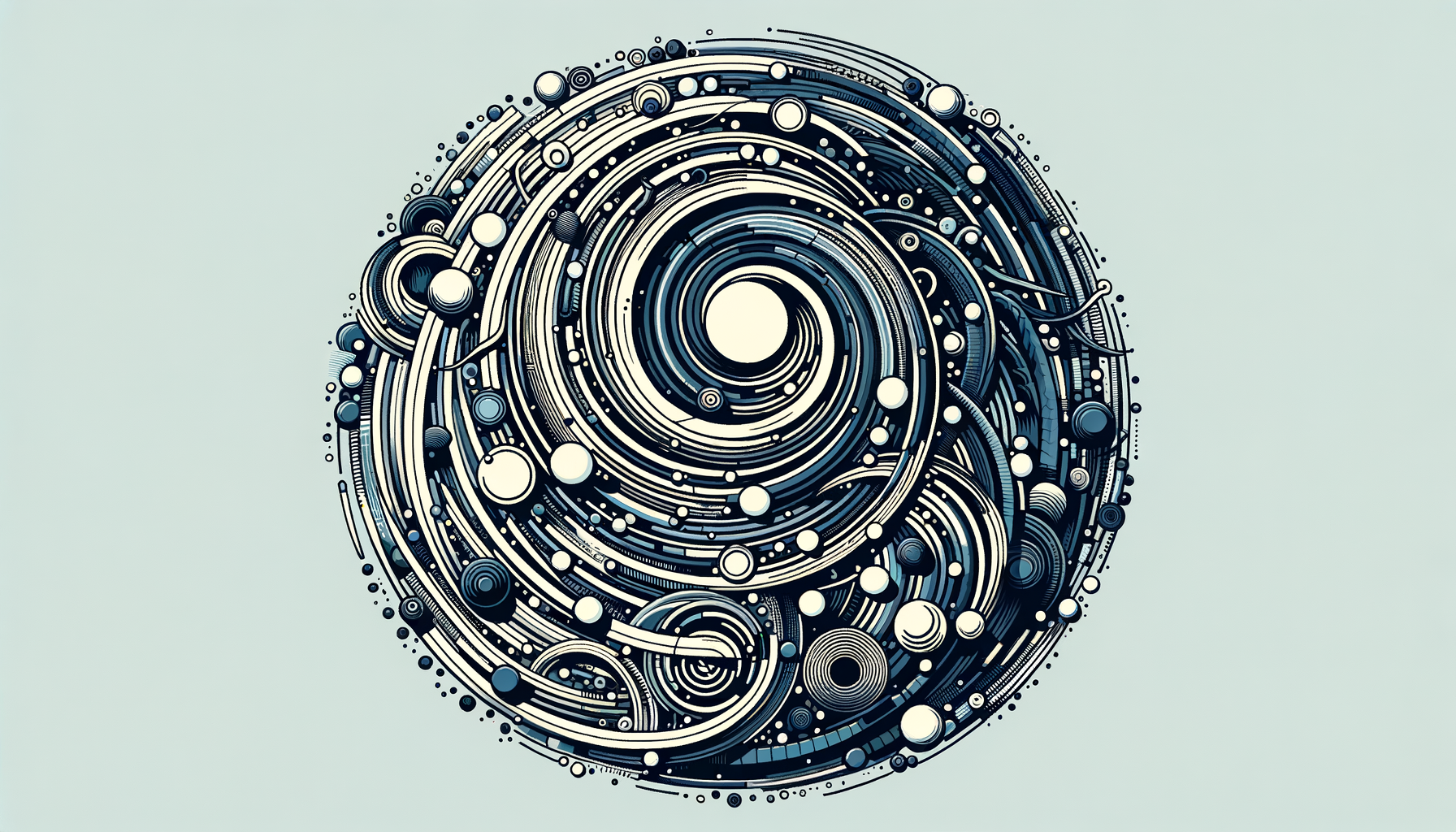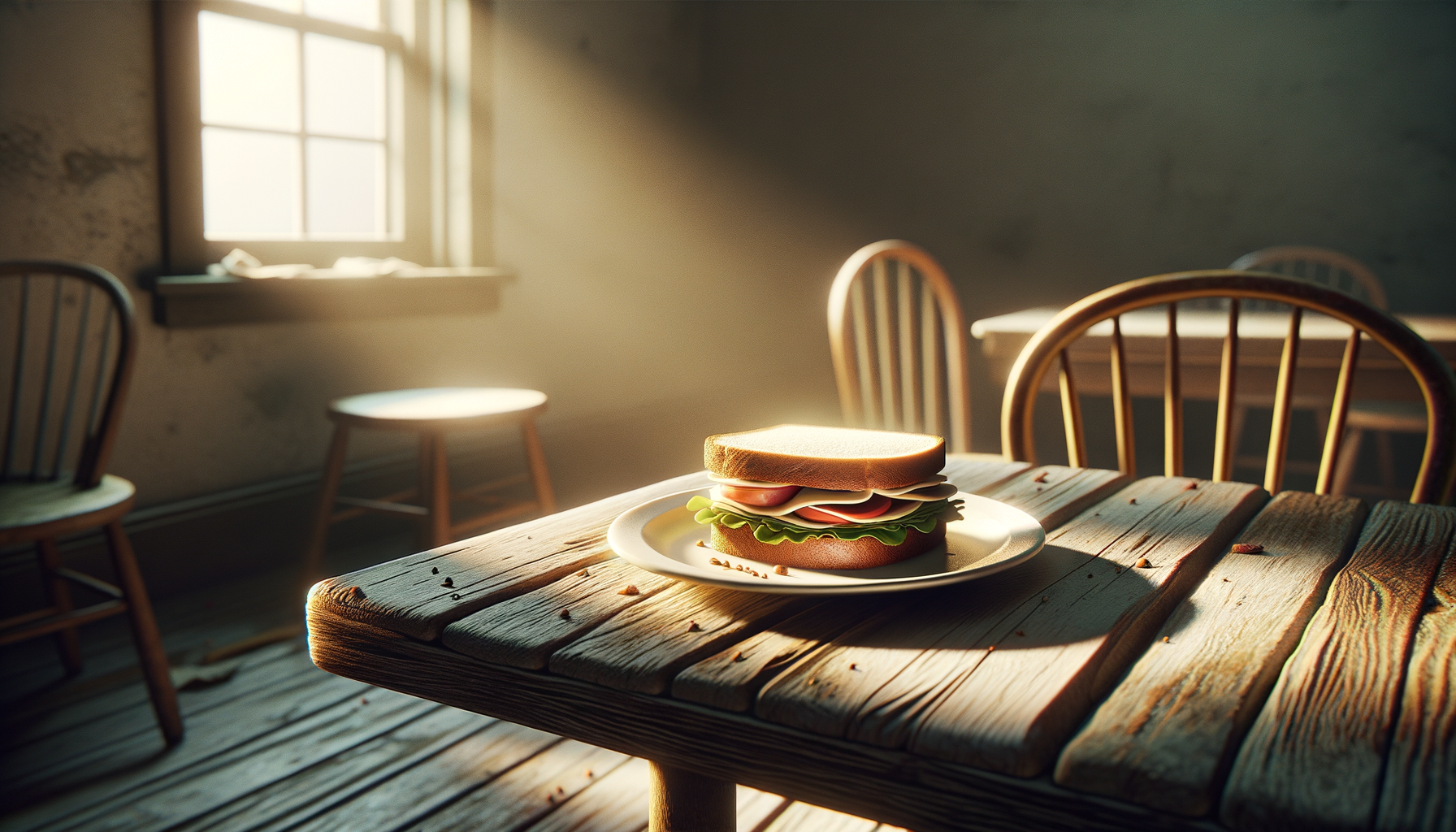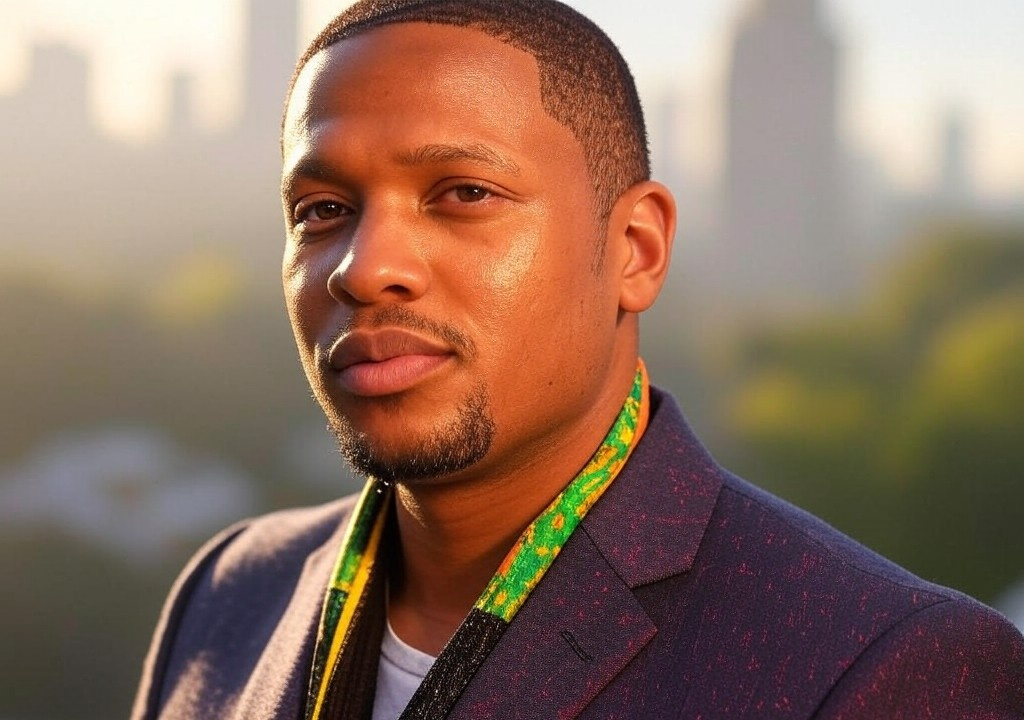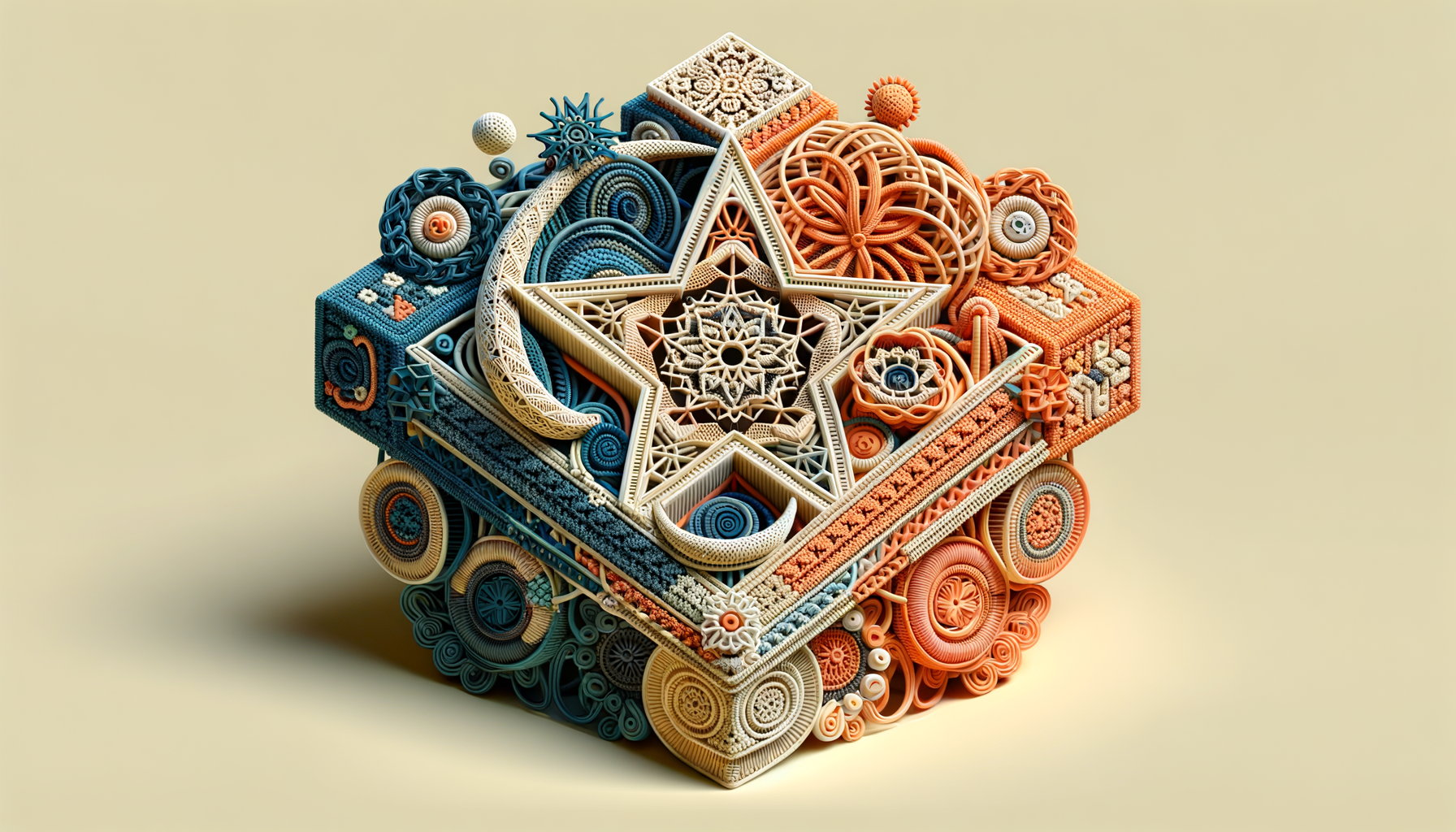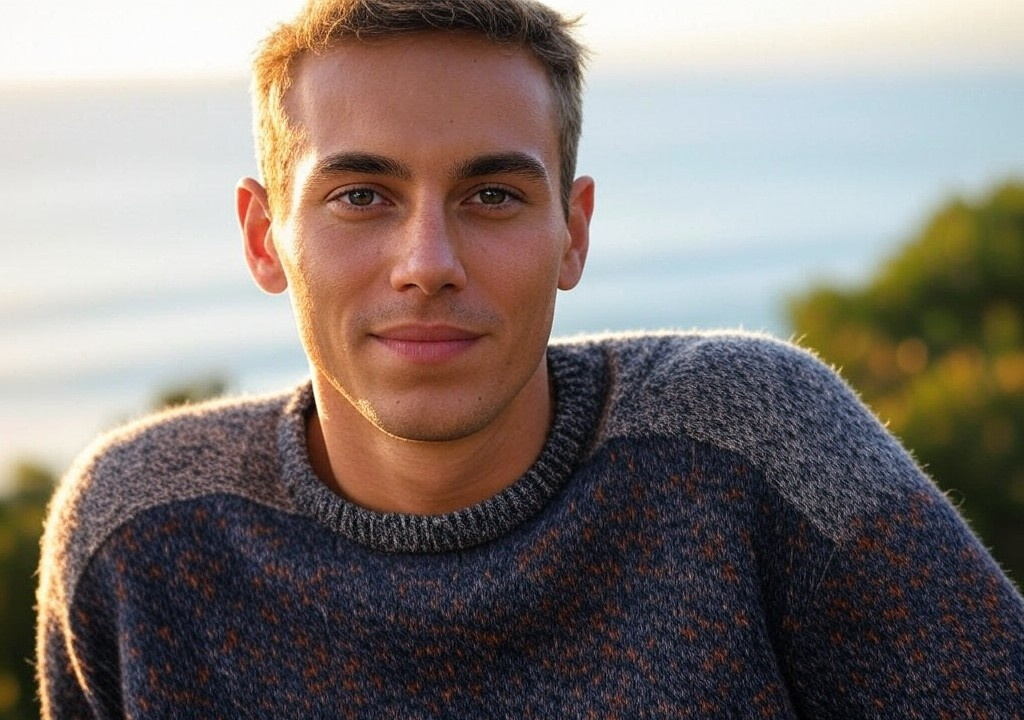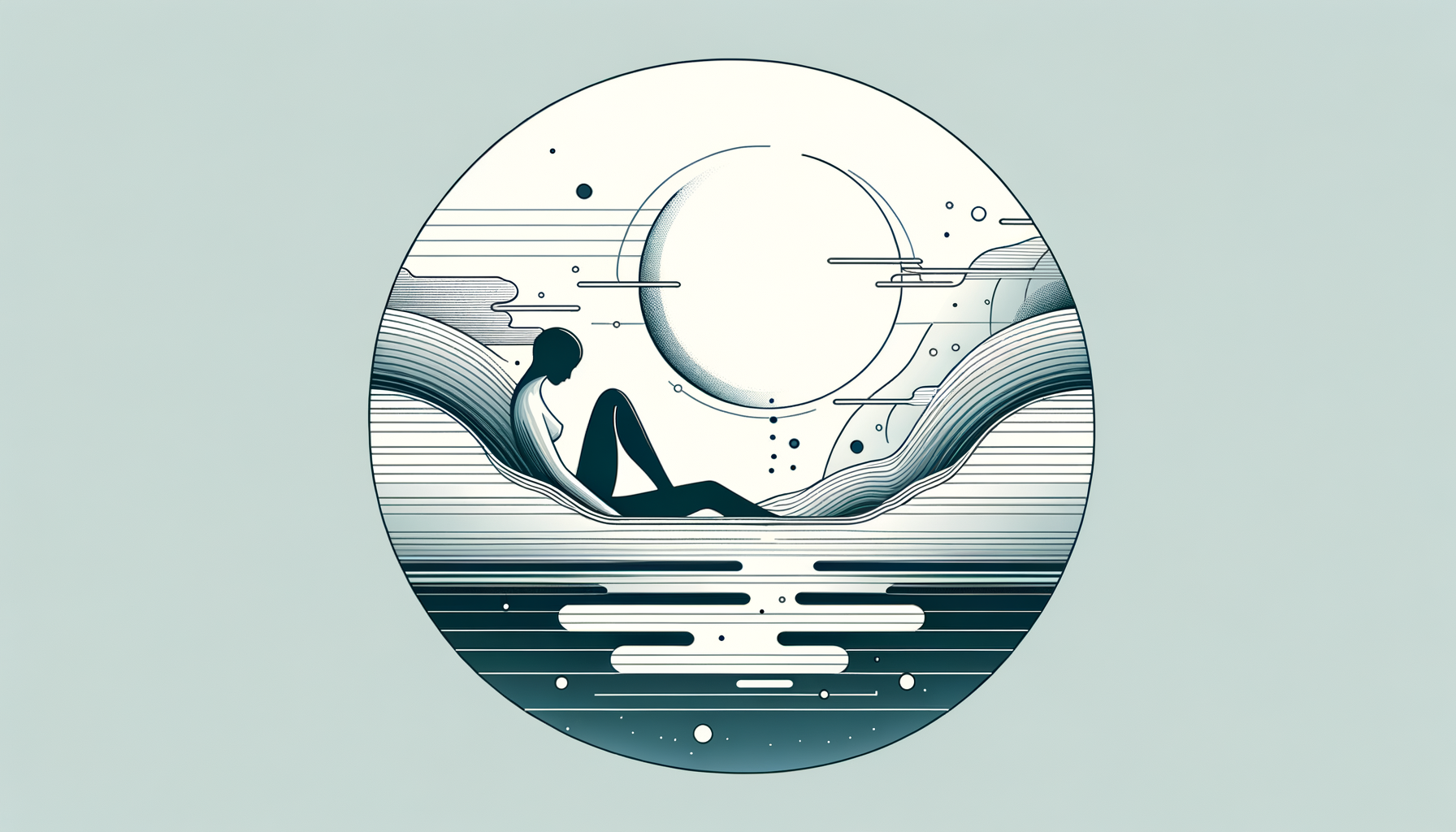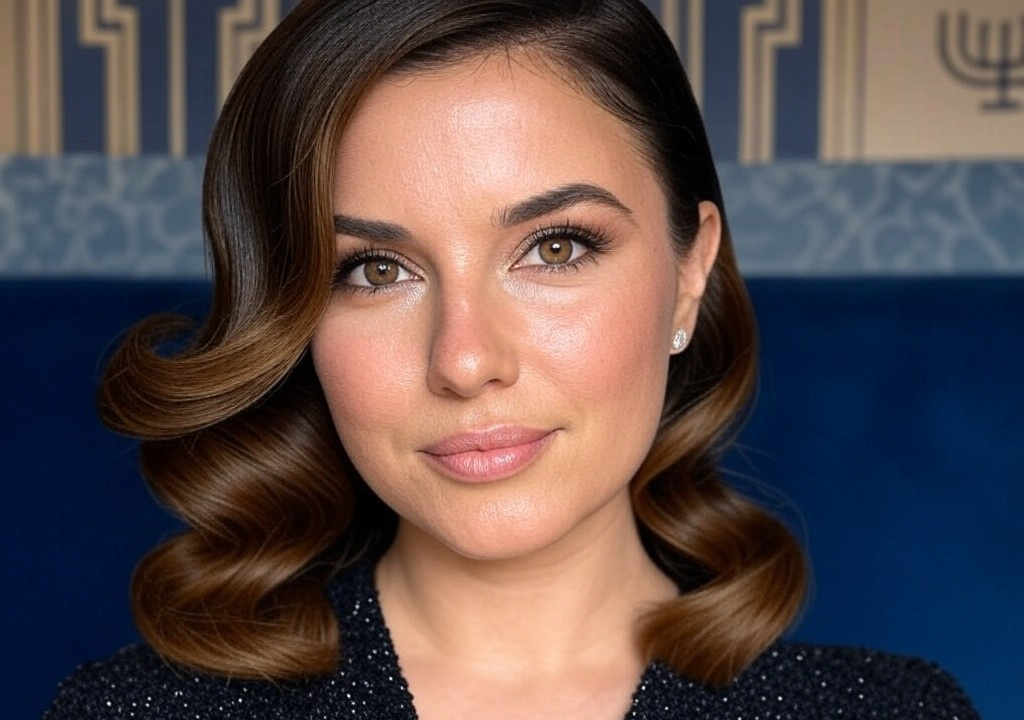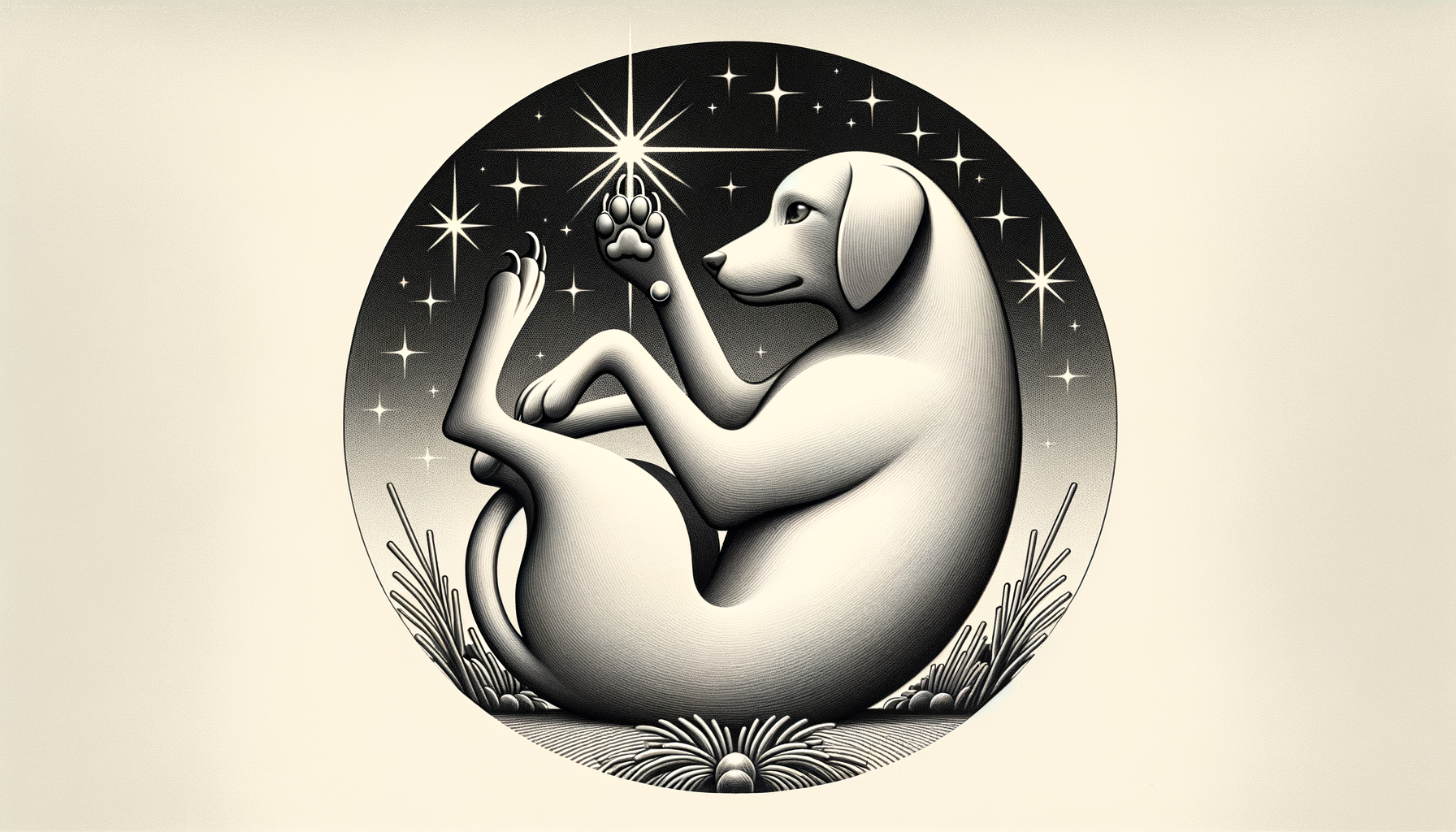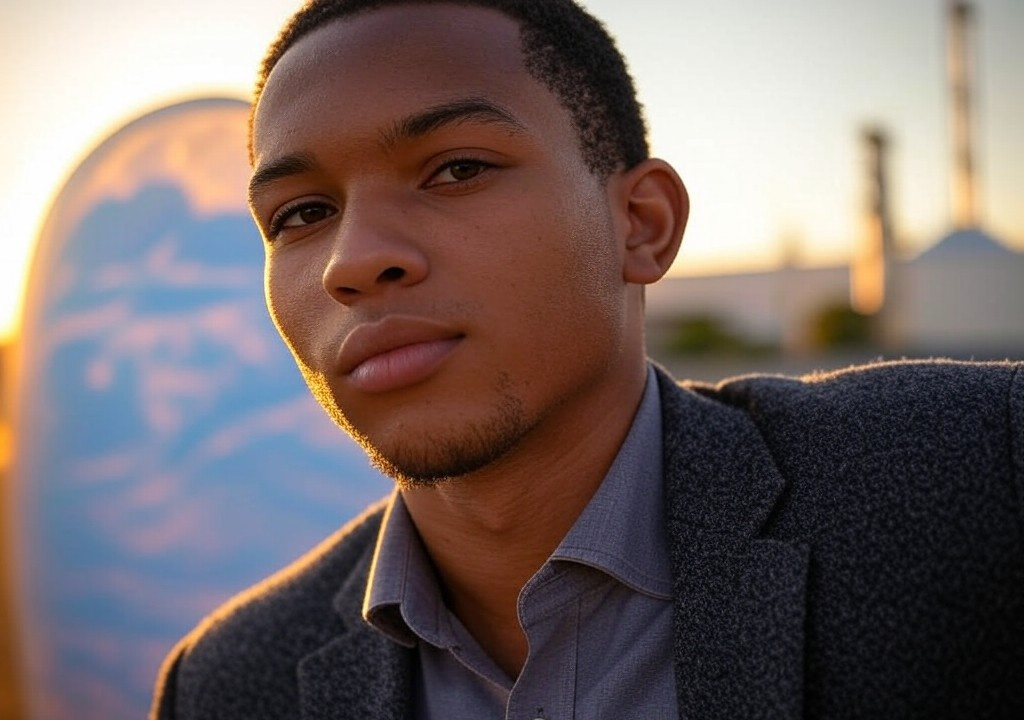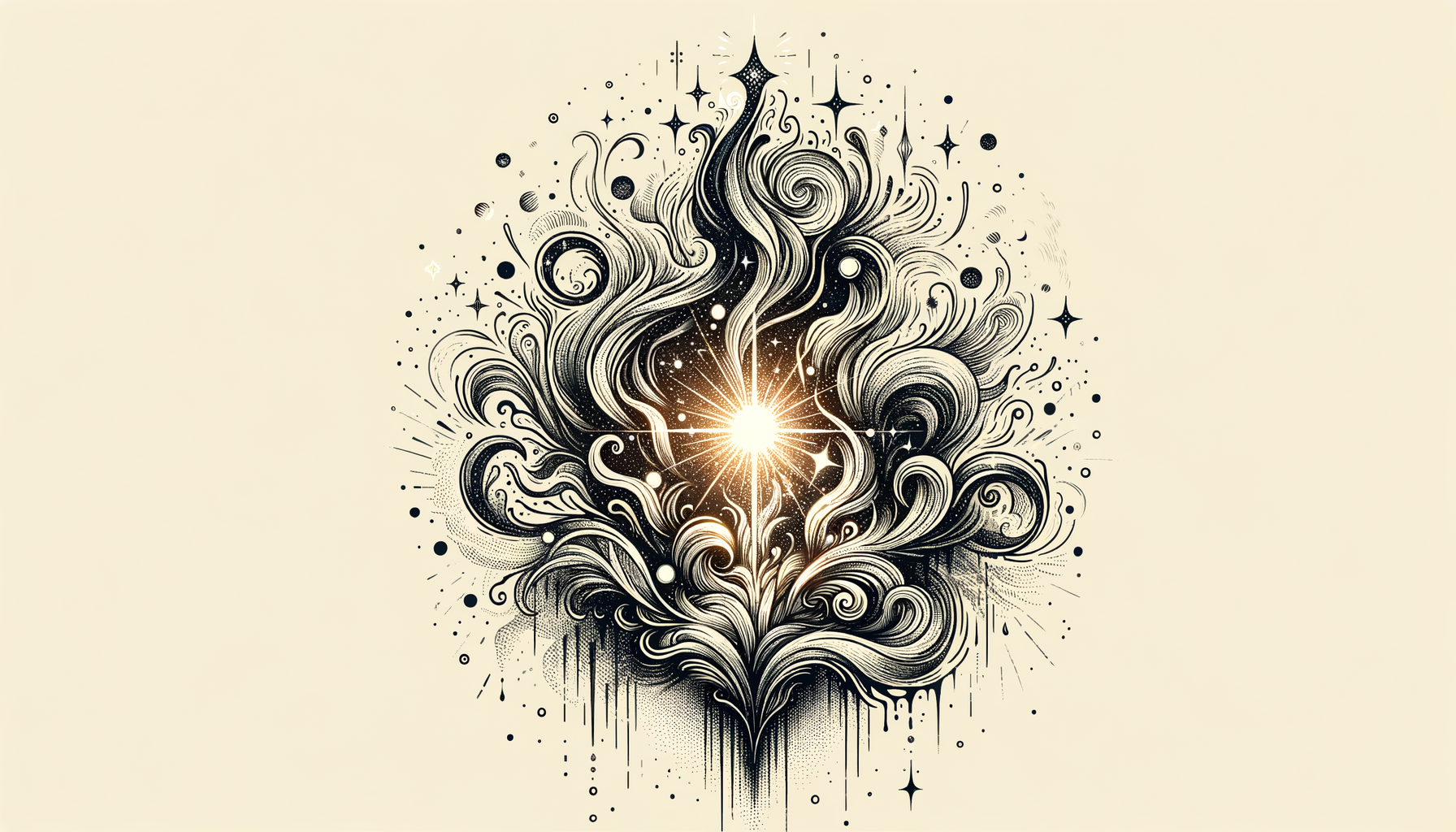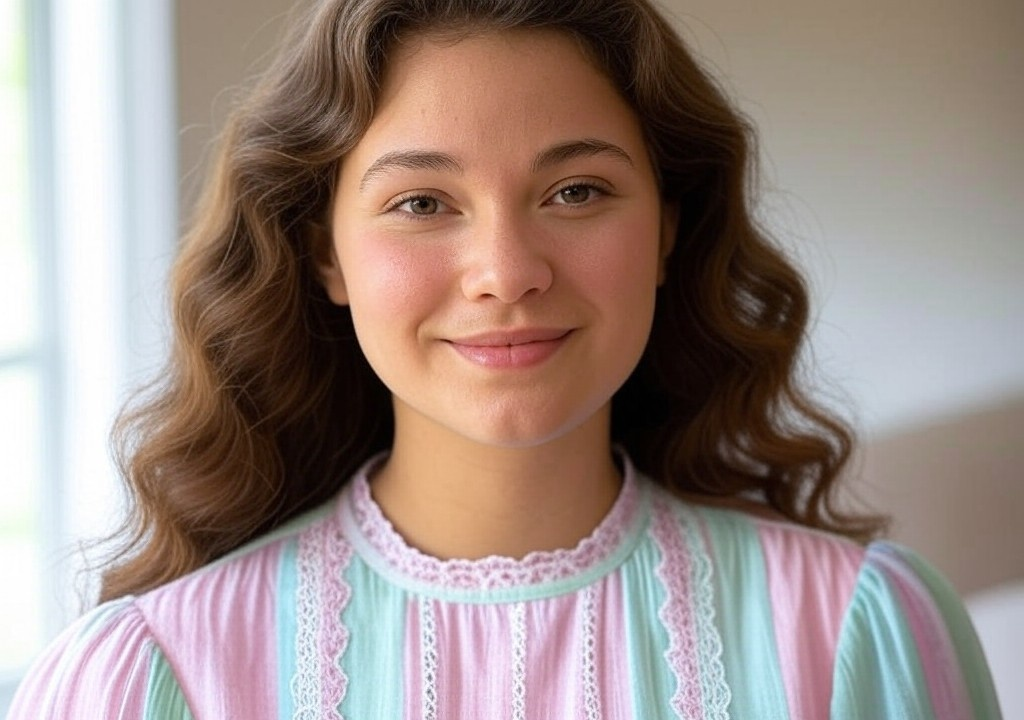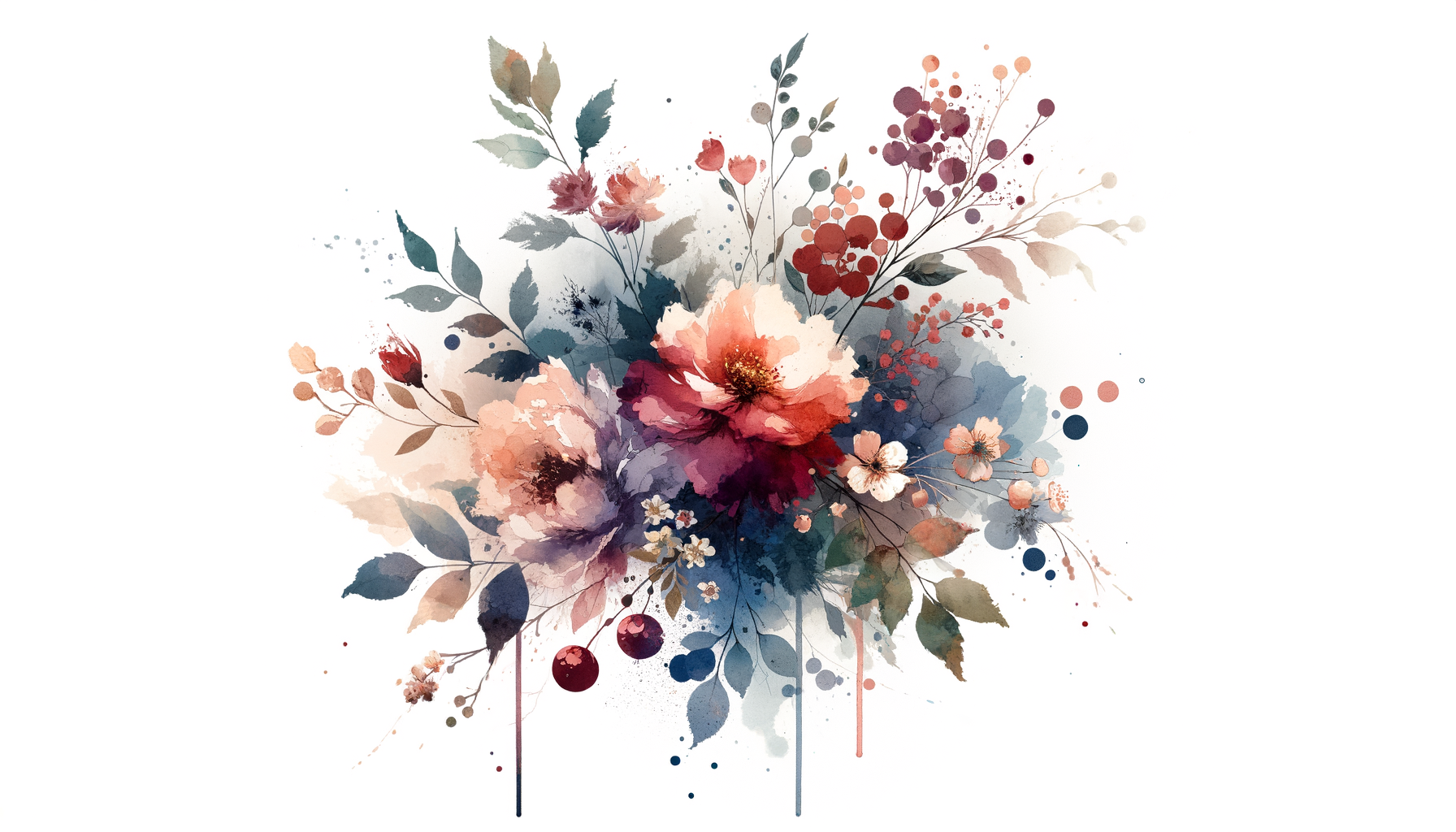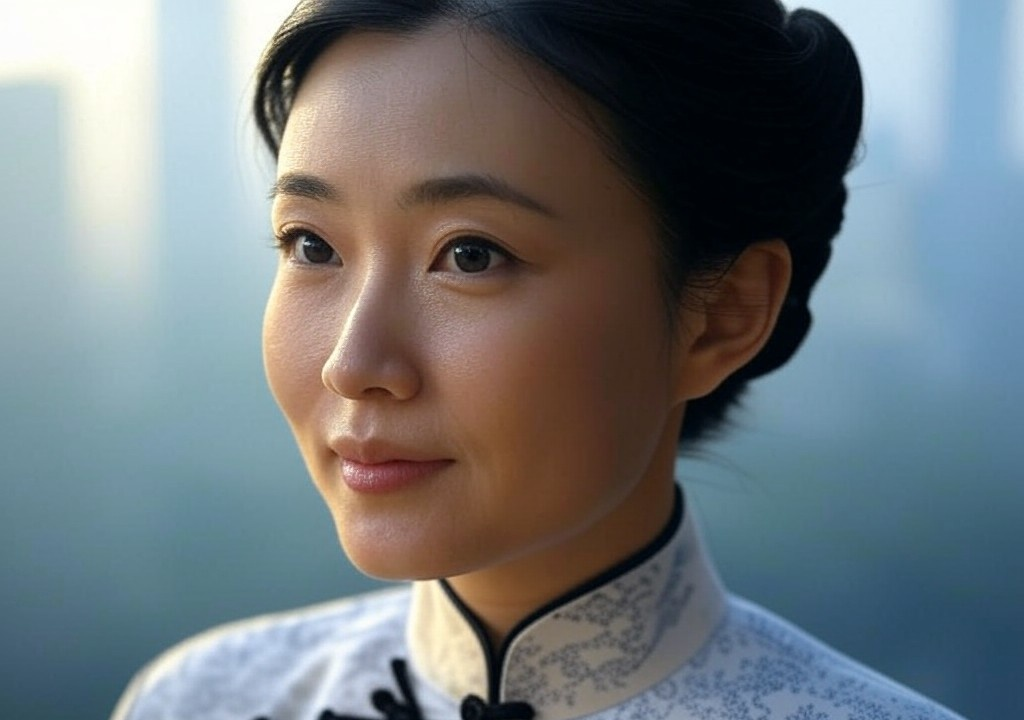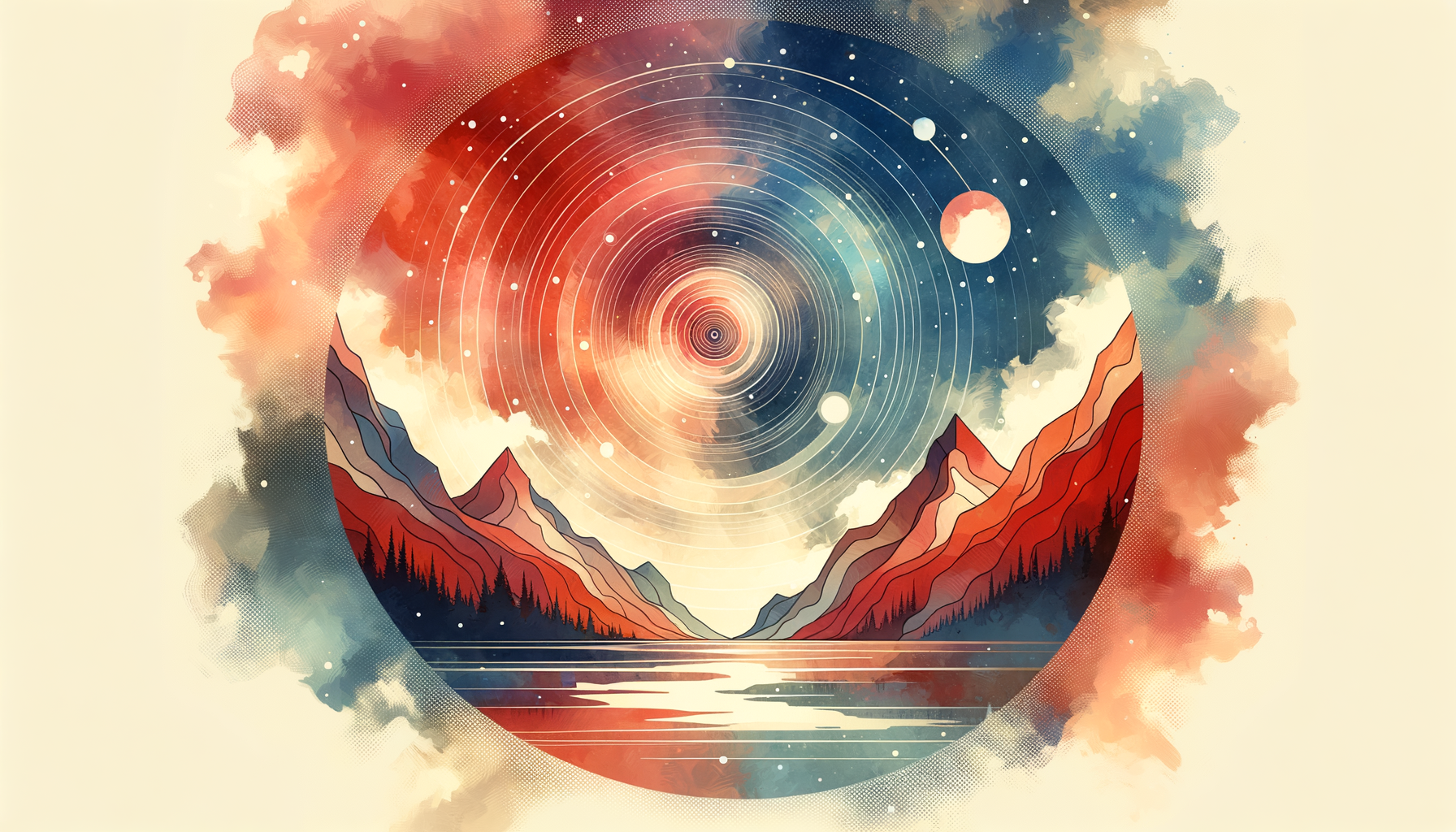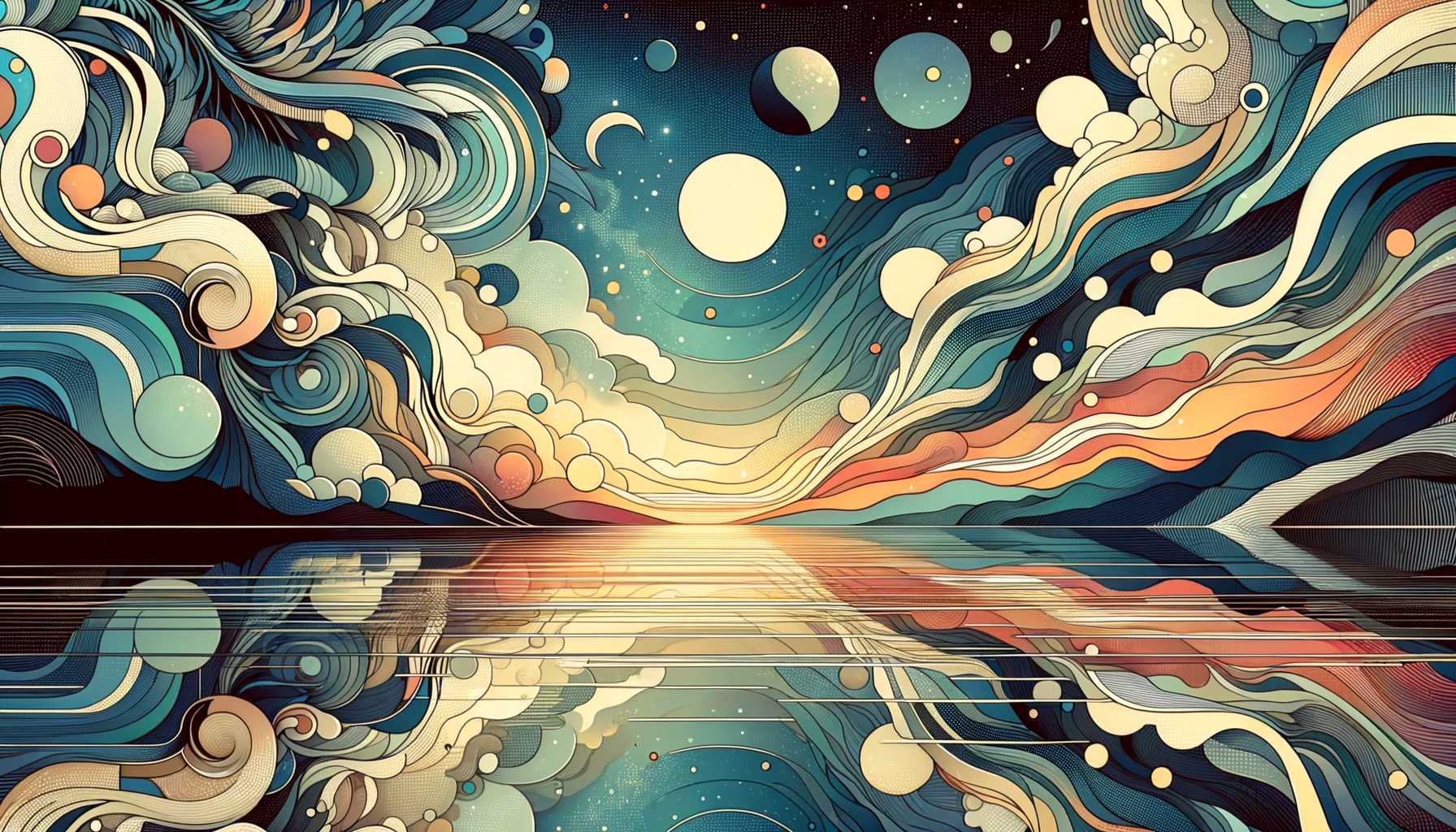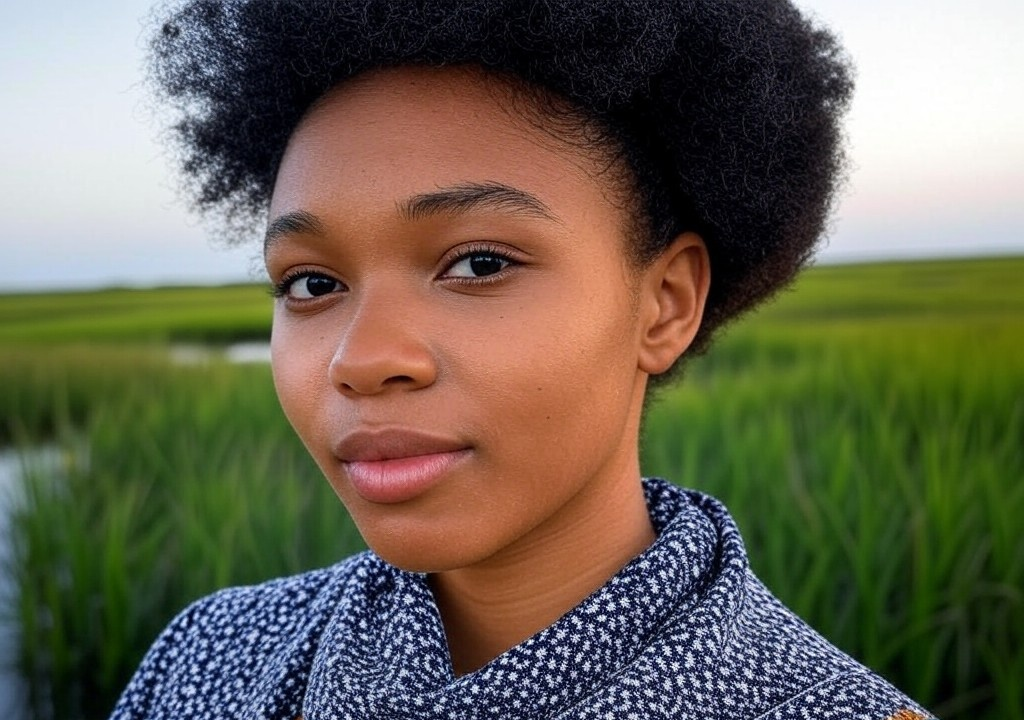There’s a particular charm to tracing how someone’s life shifts from the mundane to the extraordinary. It’s in these sharp contrasts—like finding a Van Gogh in a flea market—that we uncover the richest stories. My own journey? Let’s just say it started less like a grand romance and more like an awkward first date: fumbling, uncertain, and occasionally cringeworthy. But from those beginnings, I’ve learned that life, like love, blossoms in the unexpected.
Grab a glass of wine, dear reader. Let’s rewind to where this all began.
Section 1: “The Accidental Curator”
Picture me at 22, freshly graduated and wide-eyed—I had just landed my first “real” job as an assistant curator in a boutique museum tucked inconspicuously between downtown cafés that sold $7 cortados. Between cataloging obscure contemporary sculptures (as in, “Is this a trash bag or a commentary on consumerism?”) and learning which end of a hammer to use for hanging art, my grand visions of curating a world-class exhibit felt… distant.
On my very first day, I tripped over an installation piece—a three-foot pile of sand deemed “The Weight of Emptiness.” The artist was standing right there. Talk about living up to the title.
But here’s the thing: stumbling gave me perspective. I wasn’t meant to have all the answers then, just as in relationships, you don’t show up knowing your “perfect type.” You mess up. You recalibrate. You figure out that the trash bag sculpture is, in fact, very moving if you read the artist’s bio. Life is about learning to dance gracefully with discomfort.
Section 2: “Pinot Noir Epiphanies”
After five years of toiling away in the museum world, I found myself at a chic Manhattan wine bar—a regular haunt of pseudo-intellectuals wearing turtlenecks in July. It was a Thursday night and, over a glass of pinot noir, an acquaintance asked me, “What’s the art world missing?”
I had been ready to dive into predictable commentary about big names overshadowing emerging talent when it hit me—harder than my first Oxford hangover (which, by the way, involved going toe-to-toe with brandy enthusiasts). What the art world was missing wasn’t art; it was the conversation about art. The intimacy of why it moves us, why certain pieces make us sob at 3 a.m., and how visual culture threads itself through every aspect of modern connection—yes, even romance.
That’s when I decided to start my boutique publishing imprint. My motto? Take highbrow art and make it digestible, like serving brie on Ritz crackers instead of baguette.
Make no mistake, though: rebranding myself from “museum assistant” to “publisher” felt much riskier than my first trip to the South of France, where I mistook “pressé” on a menu to mean “pressed,” not “in a rush.” (I’d ordered what amounted to hurried orange juice. C’est la vie!). But every ambitious endeavor feels terrifying at first—just like leaning in for the first kiss with someone you’re wildly unsure about. Spoiler: you have to do it anyway.
Section 3: “Lessons from Degas and Dating”
Art has always been my lens for understanding the world, particularly matters of the heart. Studying Degas’ ballerinas in college taught me that life is most beautiful in motion—not in the frozen moments but in those messy, in-between spaces when things are still taking shape. It’s the same with relationships, whether romantic or otherwise.
For instance, let’s talk about first impressions. One of Degas’ works, let’s say The Rehearsal, from a distance looks like perfection—soft brush strokes, harmonious movement. But up close? You spot smudges and errant pencil lines, remnants of an artist wrestling with imperfection. Why shouldn’t we be the same?
Learning to embrace my own flaws was a defining moment—not just in my work but also in forging connections. Spoiler alert: gallery openings aren’t always romantic. If you think people effortlessly whisper about chiaroscuro over champagne flutes, let me assure you there are just as many “That reminds me of an old Scooby-Doo episode” comments sullying the vibe (mine included).
Section 4: “Extraordinary Love Isn’t Flawless Love”
There’s a myth we’re sold, both in art and in life: that perfection is the goal. But think about your favorite piece of art. Maybe it’s a Pollock—chaotic but electric. Maybe it’s a Rothko, soothing but persistently questioning. Or maybe it’s something entirely personal, like a faded movie poster in your childhood bedroom. None of these things are perfect by textbook definitions, but they mean something. They provoke, comfort, linger.
Extraordinary love operates the same way. It doesn’t necessarily come wrapped in shiny paper with “forever” stamped on it. Sometimes it’s a canvas splattered boldly with trial-and-error — heartbreak, healing, and humor smudged across the frame.
My own partnerships haven’t been pristine landscapes either, but they’ve taught me the true worth of something real, something textured. Like Monet’s water lilies viewed up close: a mess of brushstrokes that somehow come together seamlessly when you take a step back.
Section 5: “Practical Tips for Reimagining Ordinary Moments”
While we’re on the subject of embracing the journey, let me share what I’ve learned about alchemizing the ordinary into something you’d proudly frame:
-
Start Where You Are: You don’t need Oxford certificates or lavish backdrops to feel extraordinary. Set the foundation with something simple, like reevaluating how you approach challenges or connections.
-
Embrace the Mess: Whether it’s a botched pasta recipe on a third date or a career hiccup, find humor in the flaws. Some of the best stories are born from the moments we want to hide.
-
Define Your Extraordinary: Forget someone else’s checklist (yes, even mine!). What’s meaningful and magical to you might break someone else’s algorithm. And that’s the point.
-
Say Yes Before You’re Ready: Whether it’s tackling a new creative pursuit or telling someone how you feel, exceptional experiences tend to happen when we dare.
Epilogue: “The Quiet Brilliance of Becoming”
It’s easy to believe that moving from ordinary to extraordinary is a straight-line trajectory. But in reality, it’s more like a freeform Jackson Pollock splatter—wild, unpredictable, and undeniably captivating.
For me, the shift wasn’t about one grand gesture but a series of small, curious pivots. From that first precarious gallery job to dreaming up ways to blend art and modern romance, it’s all been part of the same story. The beauty of any great narrative—whether in art, love, or life—isn’t in the beginning or even the end. It’s in how the layers come together to create something entirely unique.
And just like a canvas full of contradictions, your journey doesn’t have to be perfect to be extraordinary. Keep adding strokes, dear reader. The masterpiece is yours to own.


